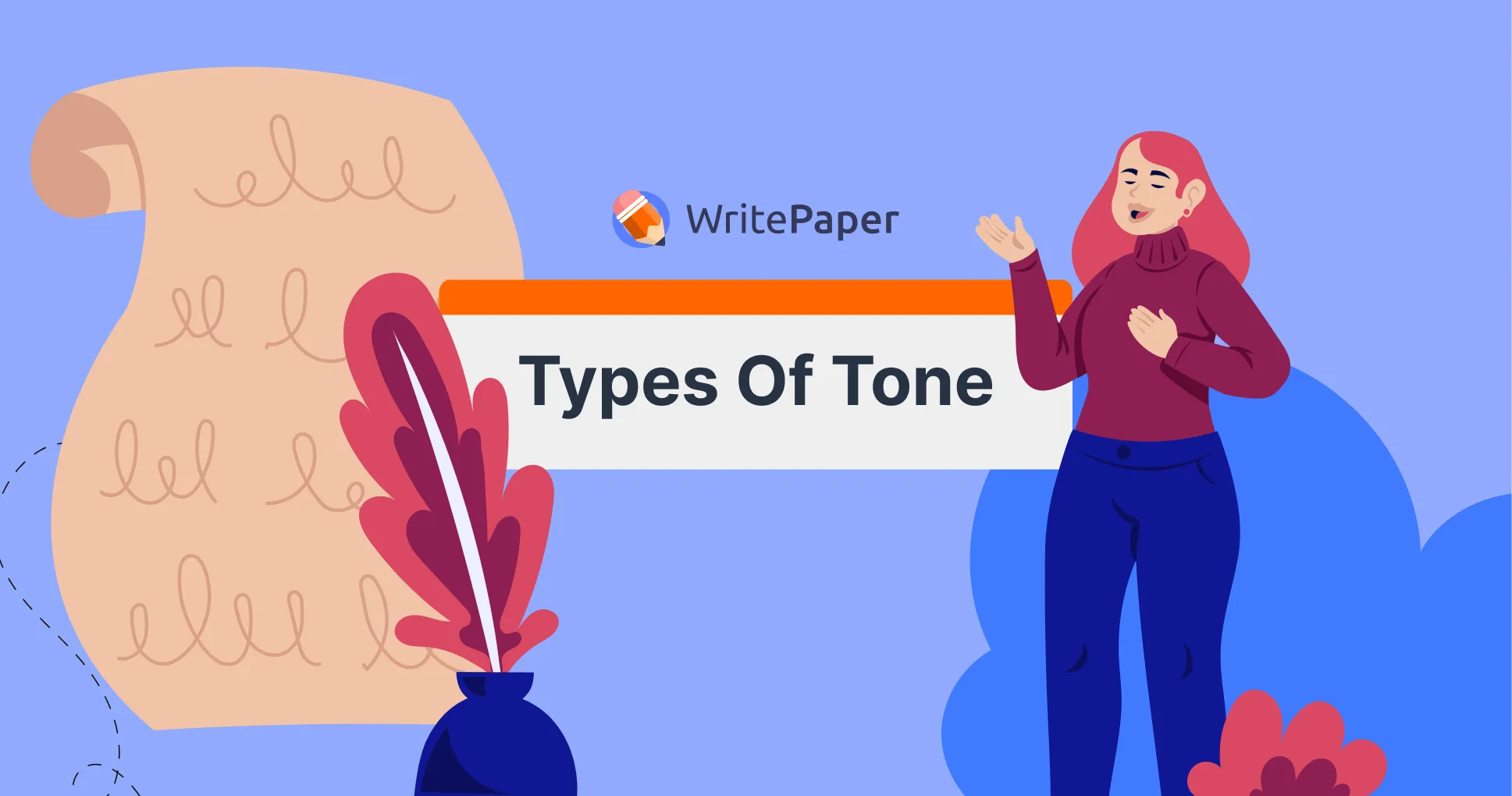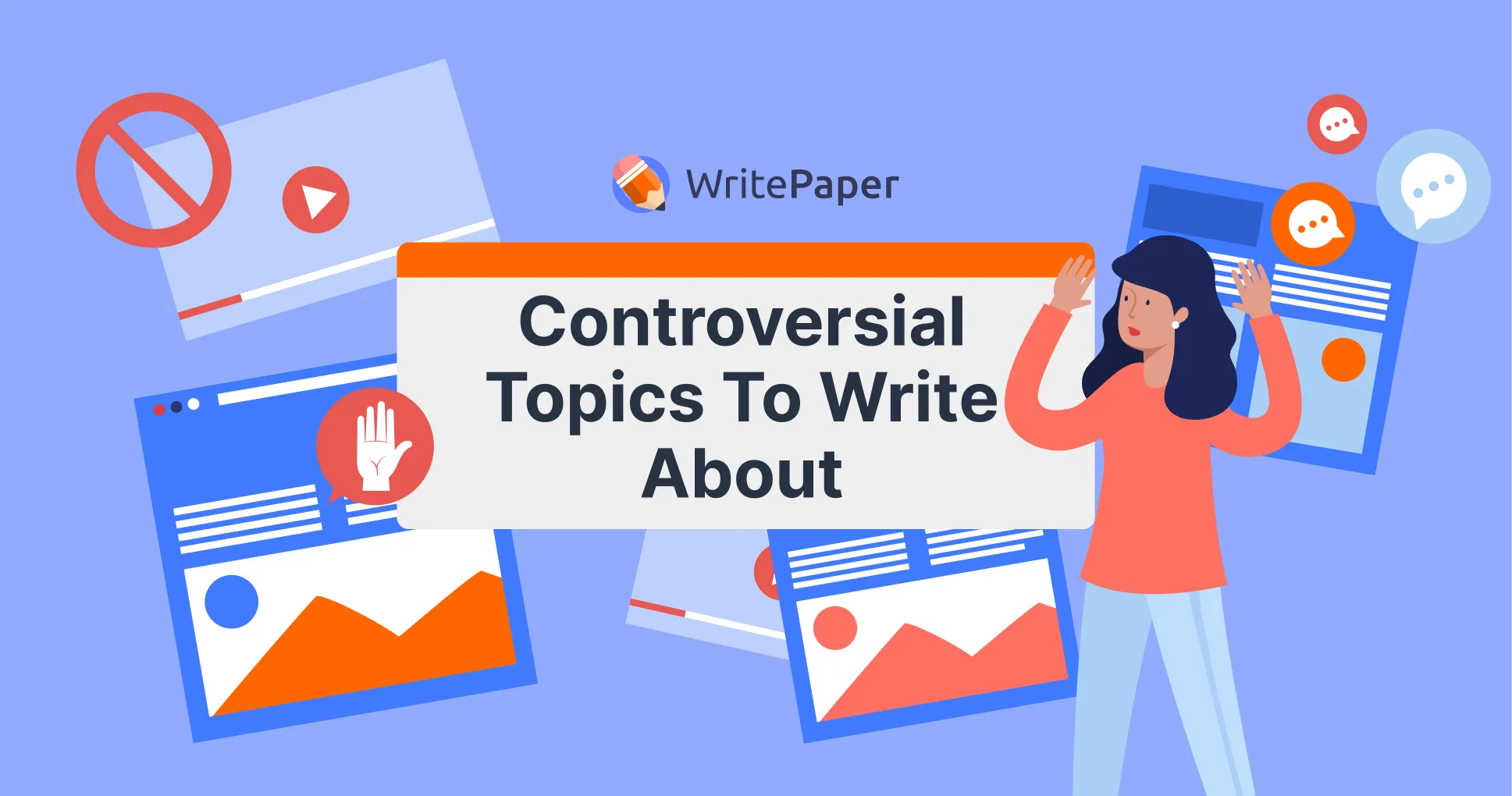An abstract serves as a concise summary of a more extensive work, such as a thesis, dissertation, or research paper. Its primary function is to succinctly convey the objectives and outcomes of your research, providing readers with a clear understanding of the paper’s content. Typically, abstracts range between 100 to 300 words, although a strict word limit may apply, which should be confirmed based on specific guidelines.
While the structure of an abstract may vary depending on the academic discipline, it should generally include a description of the research's purpose, the methods employed, and the conclusions reached.
Here’s the breakdown:
- Introduction: What's the big question you’re tackling?
- Methods: How did you go about investigating?
- Results: What did you discover?
- Discussion: Why do these findings matter?
Make sure your abstract sits right after your title page and acknowledgments but before the table of contents in your dissertation.
This article is a step-by-step guide on how to craft a sharp abstract in a dissertation, complete with examples and tips for getting it just right.
If you find yourself struggling, help is just a click away. WritePaper is ready to assist you with any part of your academic journey. Whether you're drafting your abstract or need to write a paper, our team of experts is equipped to provide the support you need to succeed.
Dissertation Abstract Example
Check out this example where Virtual Reality (VR) technology is changing the game in education. This study mixes hard data and real teacher experiences to show how VR can shake up traditional teaching and learning, pointing out the good stuff and the tough parts of using VR in schools:
Virtual Reality (VR) technology has emerged as a promising tool in various domains, including education. This dissertation investigates the multifaceted impact of VR on educational practices, pedagogy, and learning outcomes. The study employs a mixed-methods approach, combining quantitative analysis of student performance metrics with qualitative exploration of educators' perspectives and experiences.
The research begins with a comprehensive review of existing literature, examining the theoretical foundations of VR in education and elucidating its potential benefits and challenges. Building upon this theoretical framework, the empirical phase of the study involves the implementation of VR-based educational interventions in diverse academic settings. These interventions encompass a range of subjects and age groups, from primary education to higher education.
Quantitative analysis of student performance data reveals notable improvements in engagement, retention, and knowledge acquisition among participants exposed to VR-enhanced learning environments. Moreover, qualitative findings underscore the positive attitudes of educators toward integrating VR into their pedagogical practices. Through interviews and focus group discussions, educators express enthusiasm for VR's ability to foster experiential learning, cultivate creativity, and cater to diverse learning styles.
However, the study also identifies several challenges and limitations of adopting VR in education. Technical constraints, accessibility issues, and concerns regarding the equitable distribution of resources emerge as significant barriers to widespread implementation. Furthermore, ethical considerations about privacy, safety, and digital equity warrant careful attention in designing and deploying VR educational initiatives.
In conclusion, this dissertation contributes to the growing body of literature on VR in education by offering a nuanced understanding of its potential benefits and challenges. By synthesizing quantitative and qualitative evidence, the study provides actionable insights for educators, policymakers, and stakeholders seeking to harness the transformative power of VR technology in educational settings. Ultimately, this research advocates for a balanced approach that leverages the affordances of VR while addressing its associated complexities, thereby advancing the pursuit of inclusive, innovative, and effective teaching and learning practices.
Keep in mind that WritePaper is in touch 24/7 in case you need to buy a dissertation.
Dissertation Seems Like Mission Impossible?
Your learning goals can be achieved stress-free with our professional writers.

How to Write an Abstract for a Dissertation?
Writing a dissertation abstract might sound tough, but it's really just about turning your big project into an easy-to-digest summary. It's best to tackle this right at the end, once you’ve wrapped up your writing, so you know exactly what to highlight.
Here’s what you should keep in mind:
- Make it stand-alone: Your abstract should make sense by itself, like a mini-version of your dissertation.
- Keep it clear: Anyone reading it should understand the gist of your research, even if they’re not an expert.
- Mirror your dissertation: It should reflect the structure of your larger work.
We’ll go over this step-by-step in four main parts:
- Introduction
- Methods
- Results
- Discussion
These steps will help you outline your research’s purpose, how you went about it, what you found, and what it all means, ensuring your abstract is both comprehensive and concise.
Step 1: Introduction
When you start your dissertation abstract, kick things off by getting straight to the heart of why you started your research. What was the big question you wanted to answer, or what specific problem were you aiming to tackle? Pinpointing this helps anyone reading your abstract get a quick sense of what drove your study and why it matters.
Give a little background on why this topic matters without going too deep (just enough to set the stage). And if you’ve got any complex terms in there, take a moment to simplify them so everyone can keep up.
Next, lay out what you set out to do. Use punchy verbs like “explore,” “uncover,” “determine,” or “assess” to give a sense of action. This isn’t just about what you planned to do; it’s about what you actually did.
For example, you might say, “This study explored the impact of coffee consumption on productivity.” It shows your work is complete and presents your findings in a straightforward way.
Step 2: Methods
In the methods section of your dissertation abstract, briefly describe how you went about your research. This should be a direct rundown of the steps you took, keeping things concise:
- Research Design: Outline the type of research you conducted. For example, "A qualitative study was designed using structured interviews."
- Participants: Mention who was involved in the study. For instance, "Interviews were conducted with 25 participants from various backgrounds."
- Data Collection: Explain how you gathered information. "Data was collected through face-to-face interviews and surveys."
- Analysis Techniques: Briefly describe how you analyzed the data. "Responses were analyzed using thematic analysis to identify key trends."
Remember, this part of your abstract should stick to past simple tense, as it covers actions you've already completed. Keep the focus on what you did and how, rather than diving into why these methods were chosen or their limitations.
Step 3: Results
In this part of your abstract, you’ll need to break down the main results of your research in a way that’s easy to understand.
- Start by sharing the most important finding, like how your analysis found a clear link between coffee consumption and productivity.
- You can also point out any patterns that stood out — maybe you noticed that people who drink coffee regularly tend to be more productive throughout the day.
- If the data strongly supports these observations, be sure to mention that, too.
The goal is to give a quick summary of the key results so anyone reading your abstract can easily get what your research uncovered.
Step 4: Discussion
In the discussion section of your abstract, it’s time to pull everything together and explain what your research actually means. This is where you answer the key question you set out to explore. What did your study prove or suggest? For example, you might conclude that drinking coffee does, in fact, boost productivity.
Other than that:
- It’s important to keep your conclusions clear, so the reader leaves with a solid understanding of what you discovered.
- If there were any limitations in your research, like a small sample size or specific methods, mention them briefly. This helps people understand the scope of your findings.
- And if your research aimed to solve a practical problem, you might also want to include some recommendations or ideas for further research. This ties up your study and shows how it could be applied or expanded in the future.
Dissertation Abstract Purpose
A dissertation abstract aims to provide a concise summary of your research's key elements and findings. It serves as a brief overview that allows readers to quickly grasp the essence of your study without reading the entire document. A well-written abstract typically includes the following components:
- Background and Context: Briefly introduce the topic of your paper and provide context for your research. Explain why the research is important and relevant to the field.
- Research Objectives or Questions: Clearly state the main objectives or research questions that guided your study. What were you trying to achieve or investigate?
- Methodology: Describe the methods you used to conduct your research. This may include details about your research design, data collection methods, and analytical techniques.
- Key Findings: Summarize the main findings or results of your study. Highlight the most significant outcomes or discoveries.
- Implications: Discuss the implications of your findings for theory, practice, or policy. How does your research contribute to your field's existing body of knowledge?
- Conclusion: Provide a brief conclusion that emphasizes the importance of your research and suggests avenues for future research or applications.
Overall, the abstract should be clear, concise, and informative, giving readers a good understanding of the scope and significance of your work. If you’re lagging behind the schedule with your paper, simply say, ‘write my dissertation,’ and our specialists will come to the rescue.
Need Practical Help with Your Task?
Use our expert service to handle complex academic papers quickly.

Simple Tips for Writing an Engaging Abstract
When you’re writing your dissertation abstract, it’s helpful to think from the perspective of someone who’s curious about your research but not necessarily an expert. Imagine a smart reader who wants to understand what you’ve done without getting lost in complex jargon.
Your aim should be to keep the abstract clear so that it makes sense to people both inside and outside your field. This will help ensure your work is accessible to a broader audience.
For more advice on writing abstracts for other types of reports, like a lab report abstract, you can check out some additional resources.
Cover the Basics: What, Why, How, and So What
When writing your abstract, make sure you hit the main points:
- What: Clearly state what your research focused on, including who was involved and where it took place.
- Why: Explain why this topic matters and its significance.
- How: Describe the methods you used to conduct your study.
- So What: Highlight the key findings and why they’re important.
Keeping these elements in mind will help ensure your abstract covers all the essential details.
Keep It Accessible
When writing your abstract, focus on making every word count. Avoid adding unnecessary details or overcomplicating things. The goal is to make your research easy to understand at a glance. Stick to the essentials, and keep your sentences clear and straightforward. A simple, direct approach will make your abstract much more effective.
Get to the Point
When you’re writing your abstract, make sure to highlight the most important findings and insights from your research. Don’t hold back — this isn’t the place to be vague.
- Share the key points: Let the reader know exactly what you discovered.
- No need to withhold: Unlike a book blurb, your abstract should give away the main takeaways.
- Encourage deeper reading: If the reader wants more details, they can dive into the full dissertation.
By being specific, you help readers quickly grasp the essence of your work.
To Wrap Up
A good dissertation abstract sums up the main points of your research—what you set out to do, how you did it, and what you found. It’s a quick way for readers to get the gist of your work.
If you’re having trouble with your abstract or any part of your dissertation, writers at WritePaper are ready to help you out. They can make sure your abstract is strong and your dissertation is on point.
FAQs
What Is a Dissertation Abstract?
A dissertation abstract is a brief summary that captures the essence of your dissertation. It outlines the research purpose, the methods used, key findings, and the conclusions drawn.vIt provides readers with a quick understanding of the entire dissertation. The abstract allows readers to decide if your work is relevant to their interests.
How Do You Start an Abstract for a Dissertation?
- Begin by clearly stating the main objective of your research.
- Identify and briefly explain the specific problem or question your dissertation addresses.
- Outline the methodology you used to conduct your research.
- Conclude with a summary of the most significant findings and their implications.
How Long Should a Dissertation Abstract Be?
- A dissertation abstract should be between 100 and 300 words in length.
- This word count ensures you provide a thorough summary without unnecessary detail.
- It should be long enough to cover the key elements: purpose, methods, findings, and conclusions.
- Adhere to your institution’s guidelines regarding the specific word count for the abstract.
- Updated steps.
- Updated tips.
- Added FAQs.





.webp)